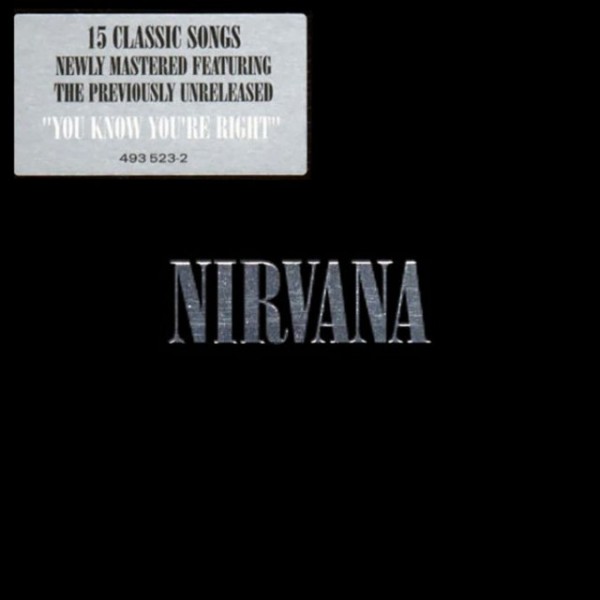
During 1987, the band made ten demos with producer Jack Endino, who played the recordings to Jonathan Poneman, one of the founders of the Seattle-based indie label Sub Pop. Nirvana began playing parties in Olympia, gaining a cult following.

Renamed Skid Row, the new trio featured drummer Aaron Burkhart, who left the band by the end of 1986 and was replaced by Chad Channing. The group went through name changes as quickly as guitarists, before deciding that Cobain would play guitar and sing. The duo decided to form a band called the Stiff Woodies, with Cobain on drums, Novoselic on bass, and a rotating cast of guitarists and vocalists. Through the Melvins' leader Buzz Osborne, Cobain met Novoselic, who also had an intense interest in punk, which meant that he, like Cobain, felt alienated from the macho, redneck population of Aberdeen. Cobain began playing in punk bands like Fecal Matter, often with the Melvins' bassist Dale Crover. Eventually, American hardcore punk worked its way into dominating his listening habits and he met the Melvins, an Olympia-based underground heavy punk band. Following the divorce, he lived at the homes of various relatives, developing a love for the Beatles and then heavy metal in the process. While Novoselic came from a relatively stable background, Cobain's childhood had been thrown into turmoil when his parents divorced when he was eight. Kurt Cobain (vocals, guitar) met Chris Novoselic (born Krist Novoselic) (bass) in 1985 in Aberdeen, WA, a small logging town 100 miles away from Seattle. Cobain may not have been able to weather Nirvana's success, but the band's legacy stands as one of the most influential in rock & roll history. Suffering from drug addiction and manic depression, Cobain had become destructive and suicidal, though his management and label were able to hide the extent of his problems from the public until April 8, 1994, when he was found dead of a self-inflicted shotgun wound. But by that point, the fate of the band and Kurt Cobain had been sealed.

The result was a conscious attempt to shed their audience with the abrasive In Utero, which only partially fulfilled the band's goal. Since Nirvana was rooted in the indie aesthetic, but loved pop music, they fought their stardom while courting it, becoming some of the most notorious anti-rock stars in history. Jane's Addiction and Soundgarden may have proven to the vast American heavy metal audience that alternative could rock, and the Pixies may have merged pop sensibilities with indie rock white noise, but Nirvana pulled at all together, creating a sound that was both fiery and melodic. And that's what made the group an unprecedented multi-platinum sensation. While Nirvana's ideology was indie rock and melodies were pop, the sonic rush of their records and live shows merged the post-industrial white noise with heavy metal grind.

They covered Vaselines songs, they revived new wave cuts by Devo, and leader Kurt Cobain relentlessly pushed his favorite bands - whether it was the art punk of the Raincoats or the country-fried hardcore of the Meat Puppets - as if his favorite records were always more important than his own music. While its sound was equal parts Black Sabbath (as learned by fellow Washington underground rockers the Melvins) and Cheap Trick, Nirvana's aesthetics were strictly indie rock. Nirvana popularized punk, post-punk, and indie rock, unintentionally bringing it into the American mainstream like no other band before it. After the band's second album, 1991's Nevermind, nothing was ever quite the same, for better and for worse. Prior to Nirvana, alternative music was consigned to specialty sections of record stores and major labels considered it to be, at the very most, a tax write-off.


 0 kommentar(er)
0 kommentar(er)
